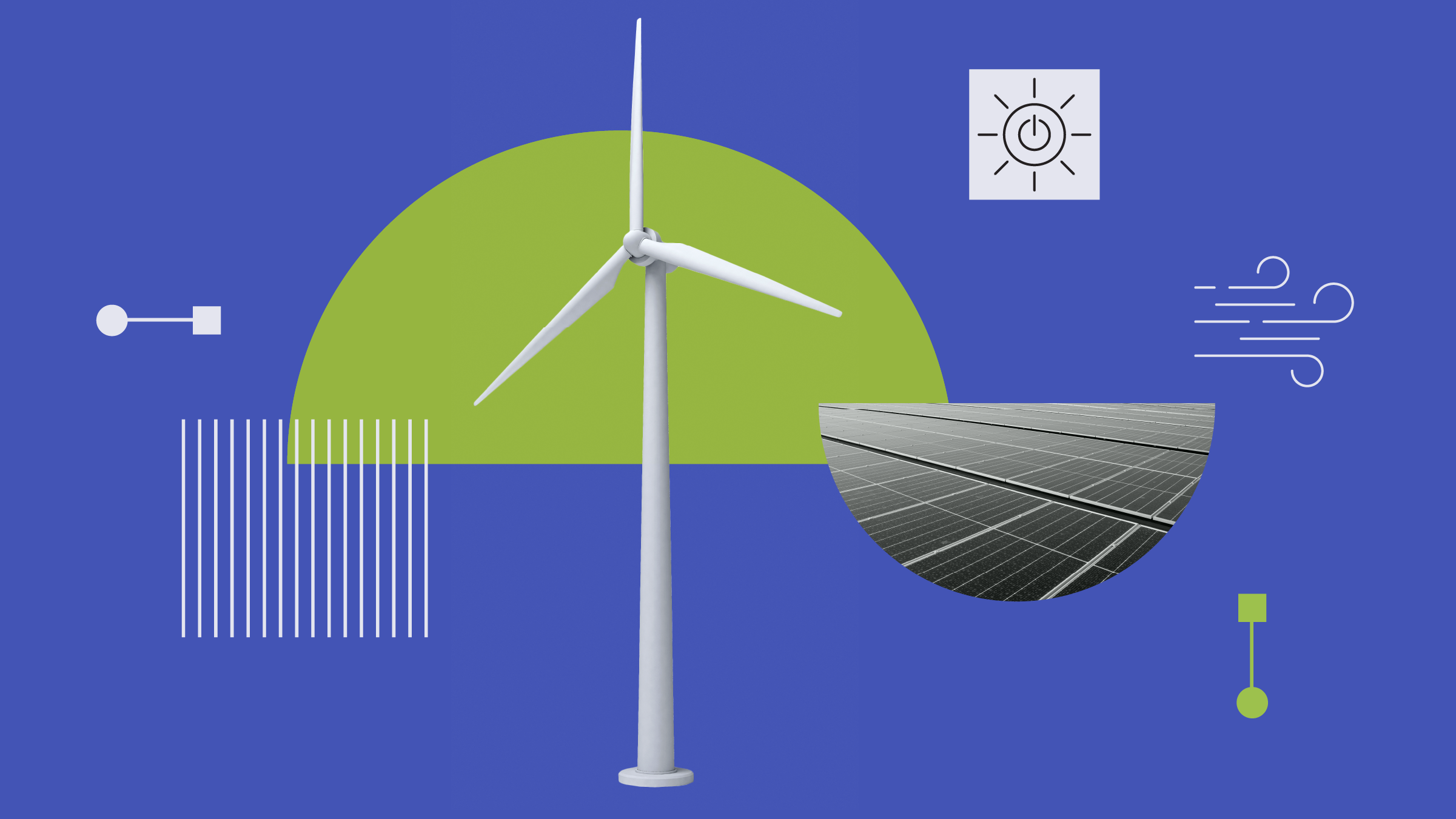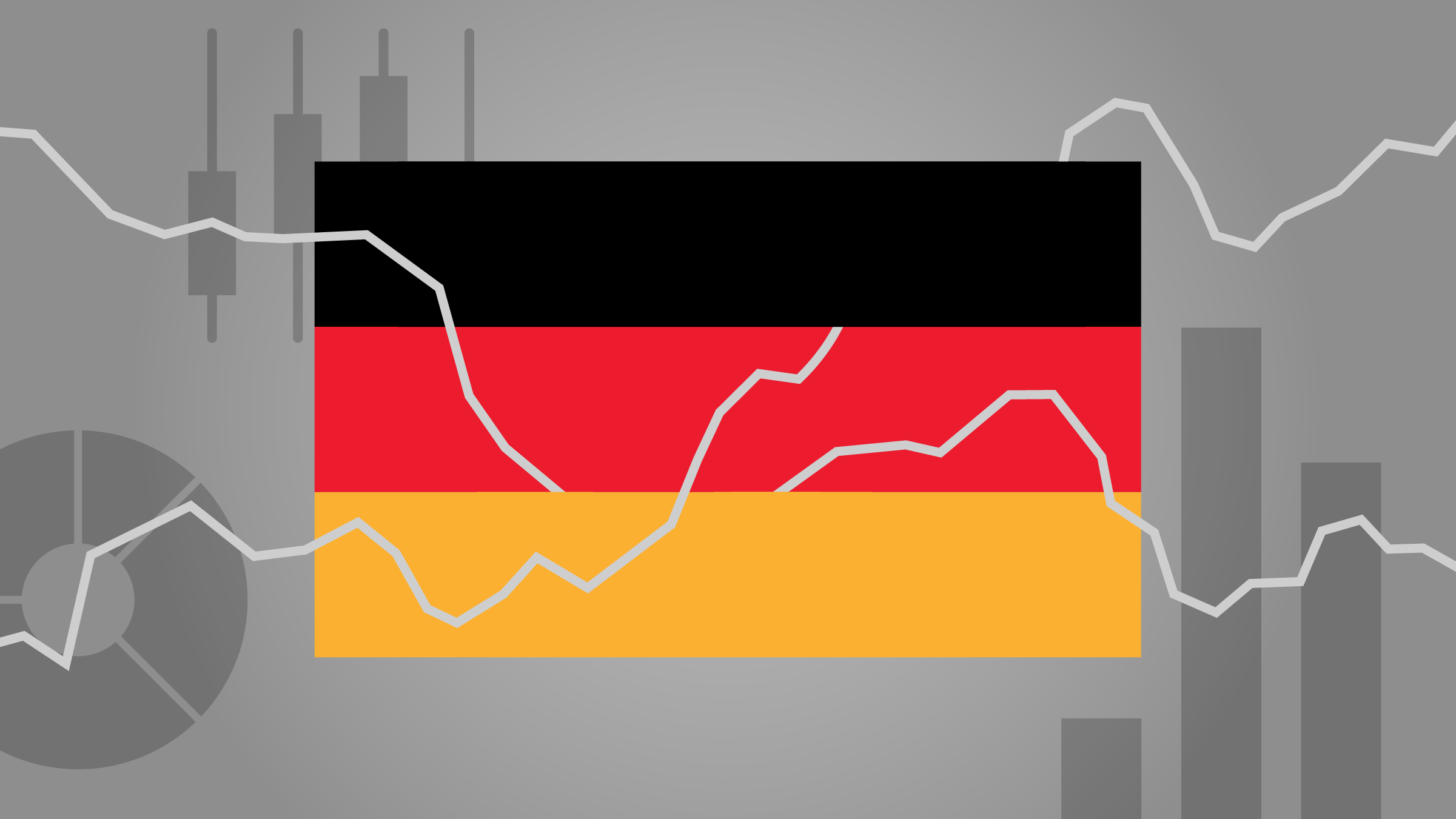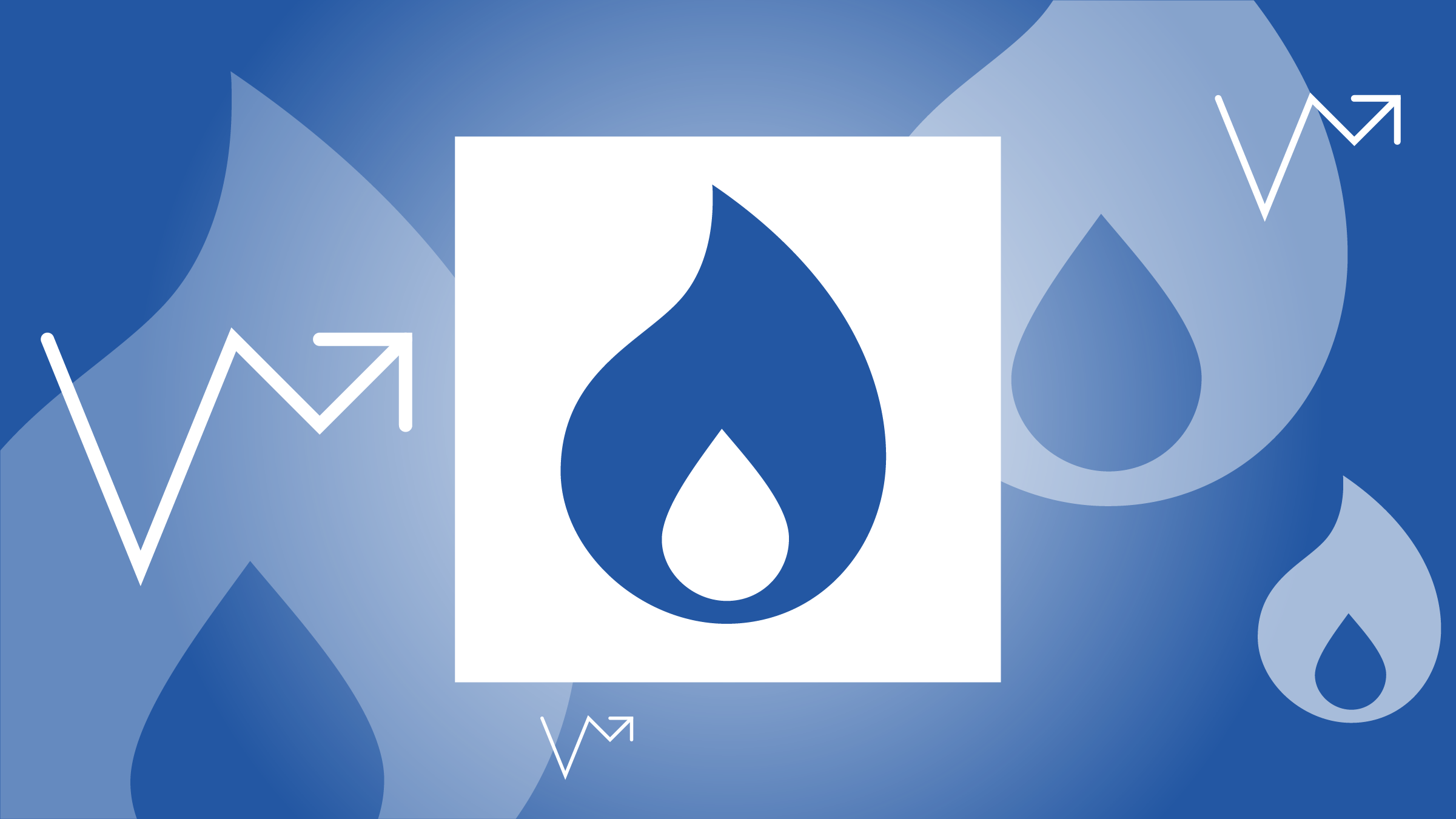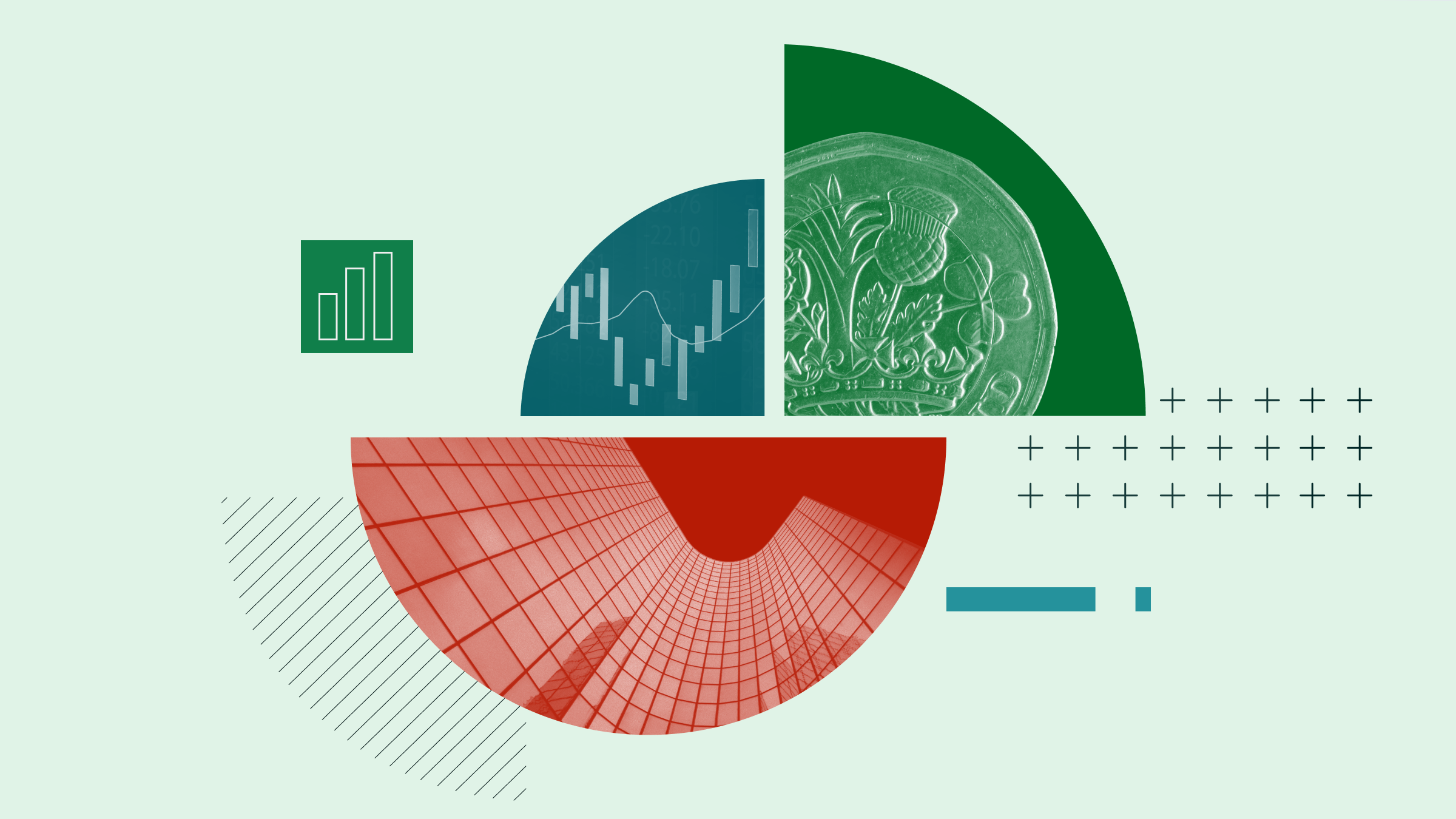
Soaring costs have derailed offshore wind projects while unfavorable political winds are picking up, threatening climate change mitigation efforts and depressing the valuations of wind power companies. Renewable energy shares fell after the Trump election victory, but the long-term picture may be brighter. Is it time for investors to look again at the sector?
Undervalued European Stocks Exposed to Wind Energy
Trump as President a Danger for Offshore Wind
A favorable political environment is crucial for wind projects' success. For example, The U.K. renewables auctions awarded 5.3 GW of offshore wind in September this year versus 0 last year thanks to a material increase in the auction price.
But the real danger may come from across the Atlantic, says Morningstar’s senior equity analyst Tancrede Fulop, with projects not yet signed off vulnerable to being scrapped.
“Donald Trump being elected as president might be very negative for the industry since he vowed to halt all offshore wind projects through an executive order. Consequently, offshore wind projects that have not yet received their federal approval could be ditched”, he warns.
During his previous term as president, several offshore wind developers experienced significant delays in obtaining approval for new projects, Morningstar’s senior equity analyst Matthew Donen says.
Moreover, an early phase out of the tax credits that were extended under the Inflation Reduction Act, the single largest investment in climate and energy in American history signed by President Biden, would slow down wind expansion and lead to margin compression across the value chain.
Tancrede Fulop views a full repeal of the Inflation Reduction Act as highly unlikely, but a partial repeal will be worth watching. The billion-dollar question will be the fate of wind and solar tax credits, that were extended for 10 years as part of the act, but Trump could look to phase these out sooner.
“History has shown the energy transition will continue regardless of who is in the White House. Structural drivers, including technological advancements, cost declines, and carbon-free attributes position wind and solar favorably despite near-term uncertainty.”
Renewable energy stocks declined sharply as the market started to digest the early results of the US election on November 6th, with wind giants Vestas VWS and Orsted ORSTED both falling sharply as trading commenced.
Grid Bottleneck also a Danger
Another challenge for the sector is having sufficient grid capacity. Without it, additional power capacity is stranded and ultimately useless: a situation Europe is facing as it rapidly adds renewable power generation capacity. Fulop explains that while global renewable energy investments have more than doubled over the last decade, grid investments have been flat.
“Costly congestion issues and connection queues for renewables plants and data centers are escalating, delaying the energy transition and weighing on economic growth.”
To address the issue, the European Commission launched an action plan for grids in November 2023, calling for 584 billion EUR of investments by 2030, or 83 billion EUR annually, nearly double the average annual investments of the past five years.
“As a result, we expect European utilities with material exposure to the electricity grid will double their investments in the next five years. While increased grid investments won’t fully resolve congestion issues or connection delays caused by years of underinvestment, they will drive earnings and dividend growth for utilities, positioning this as a key sector theme in the years ahead”, Fulop adds.
Despite Challenges, Renewables Backdrop Improving
“The backdrop is improving for offshore wind developers after an annus horribilis in 2023 marked by massive impairments and projects cancellation”, Tancrede Fulop says.
At the same time, he believes the economics look supportive for onshore wind developers, adding that onshore wind projects are value-accretive all in all.
“Turbine prices have increased in 2024 as manufacturers try to restore their profitability. Meanwhile, wind power purchase agreement prices in Europe declines from their 2023 peaks but remain high at around EUR 90/MWh.”
The main opportunities looking ahead stem from the acceleration of the energy transition, especially after COP 28’s goal of tripling renewable capacity by 2030, as well as high electricity demand from data centers.
However, wind is losing ground to solar in terms of growth and adoption. Among the European utilities companies that Morningstar covers, solar accounted for 37% of total installations in 2022, 50% in 2023 and 58% in the first half of 2024.
Fulop says this reflects the easing of supply chain constraints after legal changes in the US in 2022, the fall of polysilicon prices due to Chinese overcapacity and companies' strategy favoring solar that they can combine with batteries.
Undervalued Stocks Exposed to the Wind Sector
Among the European stocks exposed to the wind sector covered by Morningstar analysts, six are considered undervalued right now.
Ørsted
Analyst: Tancrede Fulop, CFA
- Morningstar Rating: 4 stars
- Fair Value Estimate: DKK 540.00
- Price/Fair Value: 0.69
- Economic Moat: None
- Industry: Utilities – Renewable
Out of the four undervalued wind energy stocks Tancrede Fulop covers, Ørsted is his top pick at the moment:
“It emerged as the main winner of the 2024 UK renewables auctions where it secured a higher price for a good chunk of its giant Hornsea 3 project. This should facilitate a farm-down of the latter, which is crucial for funding the group’s future investments and avoiding a rights issue. The firm would benefit from declining interest rates. Risks from the Donald Trump victory including the full repeal of the investment tax credits of the two offshore wind farms under construction appear excessively priced in.”
Ørsted is undervalued according to Morningstar’s analyst, trading at a 30% discount compared to its fair value estimate of DKK 540 on the 8th of November.
E.ON
Analyst: Tancrede Fulop, CFA
- Morningstar Rating: 4 stars
- Fair Value Estimate: EUR 17.00
- Price/Fair Value: 0.71
- Economic Moat: Narrow
- Industry: Utilities – Diversified
Since completing the transformative deal with RWE in 2019, E.On has two core businesses: energy networks and customer solutions. Its retail supply serves around 47 million customers primarily in Germany, the United Kingdom, Eastern Europe, the Netherlands, Belgium, and Sweden. Its networks business operates in Germany, Sweden, Eastern Europe, and Turkey.
“High renewables growth across Europe offer high investments opportunities that led E.On to raise its networks investments by 18% in its 2024-28 business plan released in March 2024. In addition, rises in interest rates since 2022 are driving hikes in allowed returns across most countries where E.On operates leading us to upgrade the economic moat rating from none to narrow”, the analyst wrote in September.
Equinor
Analyst: Allen Good, CFA
- Morningstar Rating: 4 stars
- Fair Value Estimate: NOK 320.00
- Price/Fair Value: 0.78
- Economic Moat: None
- Industry: Oil & Gas Integrated
Equinor is accelerating its push into renewable energy in pursuit of its 2050 net-zero goal. Central to its strategy is growth of its burgeoning renewable power business, primarily offshore wind. While net installed capacity only stands at 0.9 gigawatts at end-2023, Equinor plans to grow that to 12-16 GW by 2030.
“Despite the growing low-carbon investment, oil and gas will remain the cash flow and earnings driver for the foreseeable future”, Morningstar Director Allen Good writes in an analyst note.
Equinor is trading at 21% discount compared to Allen Goods’ Fair Value Estimate of 320.00 NOK, as per 8th of November.
RWE
Analyst: Tancrede Fulop, CFA
- Morningstar Rating: 5 stars
- Fair Value Estimate: EUR 48.00
- Price/Fair Value: 0.63
- Economic Moat: None
- Industry: Utilities – Diversified
RWE has half of its renewables production exposed to merchant power prices (equally split between Texas and Europe), more than most peers. A EUR 10/MWh change in power prices has a valuation impact of EUR 2 per share, or 4% of our fair value estimate.
“RWE is still exposed to coal, with 8.8 gigawatts of capacity at end-2023, 19% of the total, of which 8.25 GW is lignite in Germany. In October 2022, RWE reached an agreement to advance the exit of coal and lignite plants from 2038 to 2030”, the analyst wrote in a report in march.
With its shares trading around 30 EUR on the 8th of November, Tancrede Fulop views them as undervalued compared to his fair value estimate of 48.00 EUR, trading at a 37% discount
SSE
Analyst: Tancrede Fulop, CFA
- Morningstar Rating: 4 stars
- Fair Value Estimate: GBX 2350.00
- Price/Fair Value: 0.73
- Economic Moat: None
- Industry: Utilities – Diversified
British energy holding company SSE was trading at a 27% discount to its fair value estimate of GBP 23.50 on the 8th of November. Its wholesale generation unit operates roughly 10.4 gigawatts, of which 4.5 GW is renewable capacity that would almost double by 2028, mostly thanks to the commissioning of offshore wind farms that will underpin earnings growth.
“Thanks to its strong footprint in renewables and electricity networks, SSE is well positioned to benefit from the acceleration of the energy transition, an aim of the Labour Party government issued after the July 2024 general election”, Morningstar’s analyst states.
Vestas Wind Systems
Analyst: Matthew Donen, CFA
- Morningstar Rating: 4 stars
- Fair Value Estimate: DKK 164.00
- Price/Fair Value: 0.66
- Economic Moat: None
- Industry: Specialty Industrial Machinery
Vestas will be a beneficiary of the transition to wind energy as all their profits are derived from the sale and servicing of wind turbines. Wind energy is an optimal energy source to transition to thanks to its environmental, financial and ability to provide energy independence.
“A slower-than-expected recovery in its service business, which recorded an operating loss in the previous quarter, as well as an increase in warranty costs were the drivers behind disappointing profitability. Investor sentiment in the business is extremely low after several disappointing quarters and profit warnings, sending shares 10% lower intraday”, Morningstar’s senior equity analyst Matthew Donen wrote in a comment after third quarter earnings.
on the 8th of NovemberThe analyst lowered his fair value estimate by 9% to 164 DKK to adjust for lower profitability and cash flow. Shares screen as undervalued, trading at 34% discount compared to the revised fair value estimate .
The author or authors do not own shares in any securities mentioned in this article. Find out about Morningstar's editorial policies.































